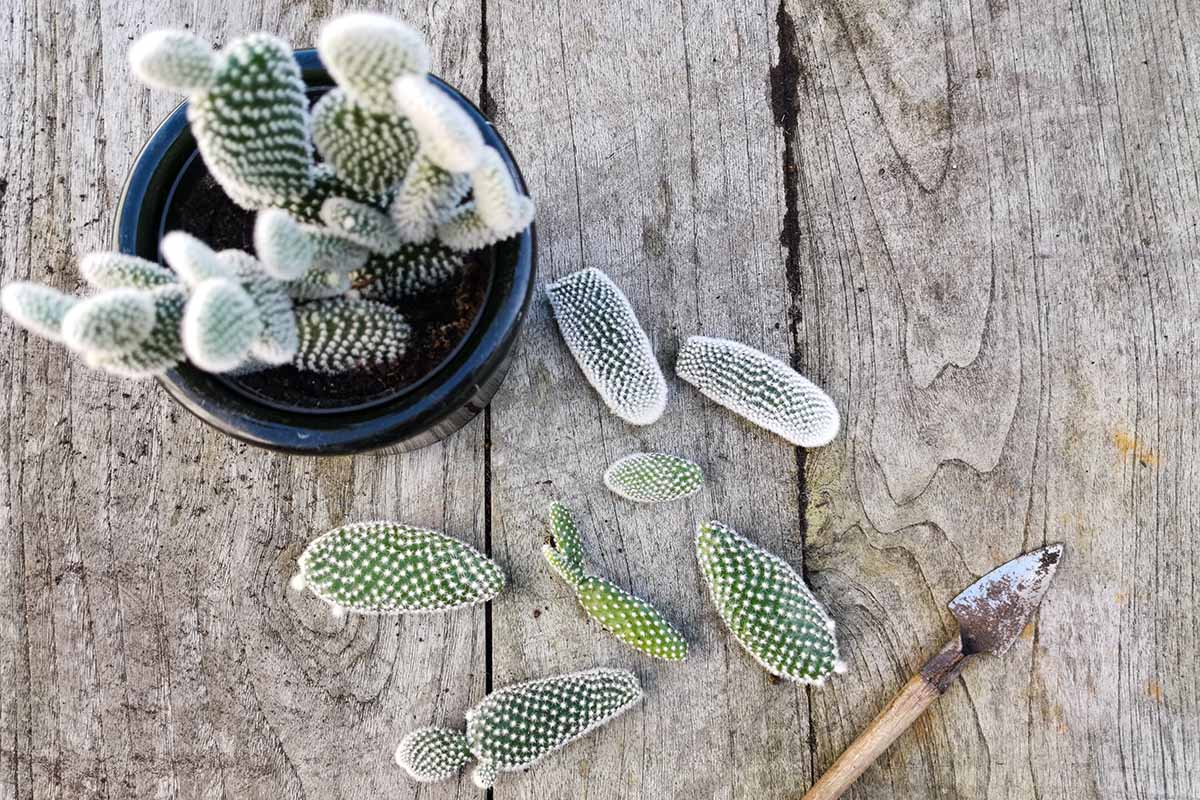Cutting and replanting cactus can be an exhilarating process, transforming one thriving plant into several, each with its own unique potential. This practice, known as propagation by cutting, allows growers to breed new generations of cacti while also optimizing their indoor or outdoor spaces. With patience and care, you’ll discover that the art of cactus propagation is both accessible and rewarding.
To understand the intricacies involved in this process, one must first delve into the various species of cacti, each offering its own burgeoning characteristics, and then follow the systematic approach to ensure successful replanting and growth.
The Fascination of Cactus Varieties
Cacti come in myriad forms, boasting a plethora of adaptations making them unparalleled in arid environments. While their resilience is noteworthy, their aesthetic allure is equally captivating. From the towering saguaro to the diminutive Christmas cactus, each variety has specific requirements and characteristics. Understanding these distinctions is paramount when selecting which cactus to propagate through cuttings.
Many common types of cacti, such as the Opuntia (prickly pear) and Echinopsis, respond especially well to propagation by cutting. The former produces a plethora of pads that can be severed and replanted, while the latter boasts incredible blooms once established. Choosing the right species not only enhances your propagation experience but also ensures higher success rates.
Mastering the Art of Cutting
Once you have selected your cactus species, the next step involves making precise cuts, which requires both technique and timing. Ideally, this should be done in the spring or early summer when the plant is in its growth phase. Your tools should be sharp and sterile; a clean cut minimizes potential infections that could hinder growth.
To begin, don protective gloves to shield your hands from thorns and potential sap that can irritate skin. With a sharp knife or shears, identify a healthy pad or segment of the cactus, aiming for a piece that is at least a few inches long. Make the cut cleanly, ensuring that you leave behind a decent portion of the parent plant. After cutting, allow the segment to rest in a dry, shaded area for several days to form a callus over the wound. This step is crucial, as a calloused end reduces the risk of rot when placed in soil.
Preparing for Replanting
Having created your cutting, the next phase is the selection and preparation of the growing medium. Cacti require well-draining soil, typically achieved through a mix of potting soil combined with sand, perlite, or pumice. This blend allows for essential aeration while preventing stagnation of moisture, which can be detrimental to both cuttings and established plants alike.
Fill your pot, ensuring that it has drainage holes to allow excess water to escape. Once your soil is prepared, create a small hole in the center of the potting medium to allow for the insertion of the cactus cutting. Gently place the cutting into the hole, ensuring that the callused end sits slightly deeper than the surface of the soil for stability. Pat the soil around the base of the cutting to provide support while ensuring there are no air pockets that could impede growth.
The Vital Role of Watering
Watering your newly planted cactus cutting requires a delicate touch. One common misconception is that cacti require frequent watering; on the contrary, this practice can be perilous. Initially, only a light misting is recommended to maintain humidity without drowning the cutting. Over the following weeks, observe the cutting for signs of growth or any indication of distress.
As roots begin to establish, gradually increase the frequency and volume of water. However, always allow the soil to dry out completely between watering to prevent rot. As time progresses, your cactus will begin to display signs of growth such as new pads or shoots emerging, signaling the successful establishment of roots.
Creating a Thriving Environment
Once planted, the environment plays a vital role in the successful propagation of cacti. Bright, indirect light is essential, mimicking the natural conditions in their native habitats. Direct sunlight can scorch cuttings that have not yet built a substantial root system, leading to failure in propagation efforts.
Considering temperature fluctuations is also crucial; cacti thrive in warm conditions, ideally between 70°F and 100°F (21°C to 38°C). During the cooler months, protect cuttings from cold drafts and extreme temperature drops, as this can inhibit growth and promote illness. Proper fertilization is crucial too. After a few weeks, you may introduce a diluted cactus fertilizer to promote further development.
Conclusion: Embracing the Journey of Cactus Propagation
Propagating cacti by cutting can be an enchanting endeavor filled with anticipation and amazement as new growth begins to flourish. With an understanding of the specific requirements of each cactus species, paired with proper techniques and environmental considerations, notable results will undoubtedly bloom. By fostering patience and nurturing your newly propagated cuttings, you embark on a journey that not only revitalizes your garden but also deepens your appreciation for the fascinating world of cacti.





Leave a Comment